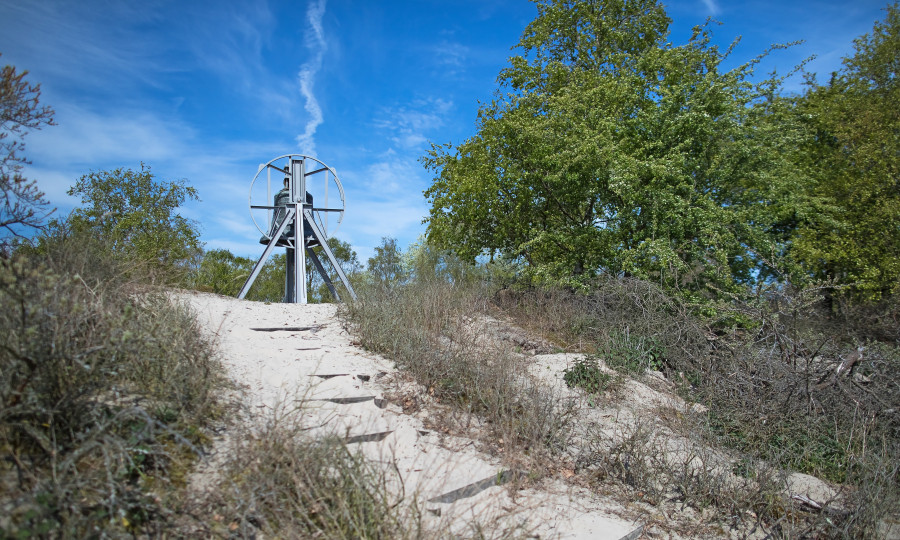No, all executions were done in prison, military barracks or execution grounds
Most of the executions took place on the Waalsdorpervlakte (in Dutch). Those executions were done on court orders, without public being present.
Executions were performed by firing squad. To sentence the deluge of quislings, a new court was formed: het Bijzondere Gerechtshof. That court convicted 14.000 quislings. 145 were condemned to death. 43 death sentences were carried out, all by firing squad. The last execution was carried out in 1952, and was the last execution in The Netherlands.
Mistreatment of quislings (in Dutch we call them NSBers) did happen, but rarely ended in death. Before the war's end the Dutch longed for 'bijltjesdag' (Day of the Axes, or the moment of reckoning; bijl = axe, dag = day) but compared with other occupied countries, the violence was fairly restraint.
I've been to the Waalsdorpervlakte myself a few times. I used to live close by. It is a sandy field in the dunes near Scheveningen. The Germans used it for executions during the war. After the war the Dutch government used the place to execute quislings. It is now a national monument.
The bell you see is named Bombardon and is rung at 20.00 hrs on 4 May, by volunteers dressed in Binnenlandse Strijdkrachten (formal resistance) uniforms. That is televised nationwide on most TV channels live.

As a side note, the last civilian execution in The Netherlands was public and by hanging: Johannes Nathan (Dutch only) in 1860. He was executed in Maastricht.

